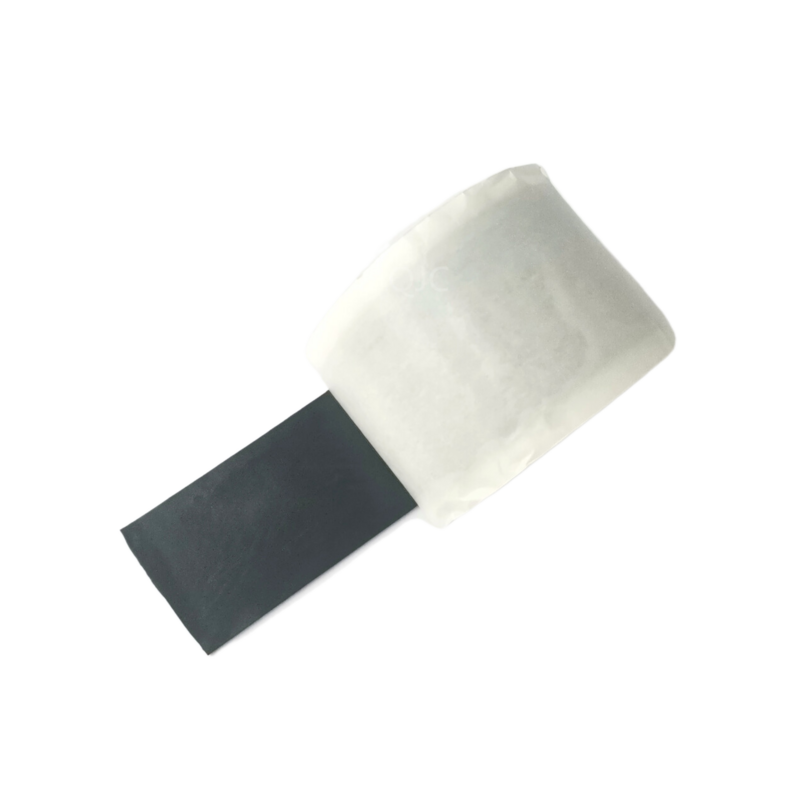The Importance of Emergency Exit Floor Tape in Workplace Safety
In any building—whether it be an office, factory, school, or public venue—safety is a paramount concern that requires ongoing attention and appropriate measures. One of the most critical components of workplace safety is the clear designation of emergency exits, which can play a significant role in saving lives during unexpected situations. Emergency exit floor tape is a vital tool for achieving this clarity, facilitating quick evacuations, and ensuring that individuals can navigate safely to safety points.
What is Emergency Exit Floor Tape?
Emergency exit floor tape is a specialized adhesive tape designed to be applied to floors to mark emergency exits and evacuation routes. This tape is often brightly colored—commonly using colors like fluorescent yellow, green, or red—and may feature bold text or symbols indicating direction or the type of exit. The primary purpose of this tape is to draw attention and guide individuals promptly to exits in case of an emergency, such as a fire, earthquake, or other crises that necessitate immediate evacuation.
The Role of Emergency Exit Floor Tape in Safety Protocols
1. Enhanced Visibility One of the main advantages of using emergency exit floor tape is its visibility. In stressful situations, people's ability to think clearly can be compromised. The bright colors and clear markings provided by floor tape ensure that the paths to safety are easily distinguishable, even in low visibility conditions created by smoke or darkness.
2. Clear Navigation Emergency exit floor tape serves as a visual guide that leads individuals toward exits. By placing this tape strategically throughout a building—around corners, along hallways, and adjacent to obstacles—employees and visitors can quickly understand where they need to go without hesitation. This is especially important in buildings with complex layouts, where navigating can otherwise be confusing during a crisis.
emergency exit floor tape

3. Compliance with Regulations Many safety regulations and building codes require clear signage and pathways to exits. Utilizing emergency exit floor tape can help organizations comply with these regulations, ensuring that they meet legal standards for safety. Implementing proper signage not only protects individuals but also shields organizations from potential liability issues stemming from inadequate safety measures.
4. Regular Maintenance and Training Just placing the tape is not enough; maintaining its visibility is crucial. Organizations should regularly inspect and replace worn or damaged tape to ensure that it remains effective. Additionally, conducting safety drills can reinforce the importance of knowing evacuation routes. During these drills, employees can familiarize themselves with the patterns and meanings of the tape, further embedding these routes in their memory.
5. Cost-Effectiveness Compared to other safety measures, the installation of emergency exit floor tape is relatively inexpensive. The cost of the tape itself is minimal, and installation is typically straightforward. This makes it an accessible option for businesses of all sizes looking to improve safety measures without incurring significant expenses.
Conclusion
In summary, emergency exit floor tape is a crucial element in enhancing workplace safety. It provides clear visual guidance to help individuals evacuate quickly and efficiently during emergencies. By effectively marking exits and evacuation routes, this innovative solution plays a vital role in ensuring that safety protocols are followed and that individuals can react promptly under pressure.
Implementing emergency exit floor tape not only meets regulatory requirements but also fosters a culture of safety and preparedness within an organization. Whether in an office, school, or any public space, prioritizing clear navigation to exits through the use of floor tape can mean the difference between a safe evacuation and chaos during emergencies. As such, organizations should consider investing in this life-saving tool to protect their employees and visitors alike.
-
XIANGFAN Rubber Tape-Ultimate Solutions for All Your Insulation NeedsNewsJun.24,2025
-
XIANGFAN Rubber Tape-Protection for Industrial and Residential ApplicationsNewsJun.24,2025
-
XIANGFAN Rubber Tape: Superior Safety and Sealing for Demanding EnvironmentsNewsJun.24,2025
-
XIANGFAN Rubber Tape: Reliable Solutions for Every Electrical ChallengeNewsJun.24,2025
-
XIANGFAN Electrical & Industrial Tape: Powering Reliability Across IndustriesNewsJun.24,2025
-
XIANGFAN Electrical & Industrial Tape: Excellence in Every ApplicationNewsJun.24,2025
